How To Talk To Patients About Potential Complications

Learning how to talk to patients about potential complications from injectables is vital for injectors.
The public is becoming more aware and better educated when it comes to aesthetic medicine. This does not mean that they will truly understand the ins and outs of what aesthetics treatments may involve, however.
We understand it can be uncomfortable discussing potential complications with patients, especially for newer practitioners. It definitely gets easier with practice and is a key skill all aesthetics specialists need to develop. Being able to conduct a thorough clinical consultation including outlining any and all potential risks, will go a long way in establishing your professional reputation as a safe and ethical injector.
Here are some top tips from Harley Academy creative director and aesthetics specialist, Dr Marcus Mehta on how to talk to patients about potential complications…

1 Be honest
Some aesthetics practitioners feel unsure about discussing possible complications because they are concerned about scaring their patients. This is often linked to the rarer issues, such as necrosis or filler blindness. In these cases, as the saying goes, honesty is always the best policy.
Be open with them from the start. Never avoid the subject of complications; patients have a right to know. It is your job as a professional and ethical aesthetics practitioner to ensure your client is fully informed. If they are scared by the thought of something going wrong – no matter how unlikely – imagine how they could react if something actually did go wrong.
Patient welfare is inextricably linked to your reputation and should always guide your decisions.
2 Review complications by category
When setting out the potential complications from injectables, it can make sense to group them into categories of common, uncommon and rare. These can range from possible bruising, lumps and bumps through to infection, blindness and stroke.
Don’t avoid any topics because you’re scared of worrying your patient. You need to ensure they are fully aware of the realities of any aesthetics treatments they are considering.
Try starting with the common complications first. Explain the likelihood for each, providing official statistics where you can, relaying the information in a sensitive and reassuring manner. You likely have to repeat these details to many patients each day but it may be your client’s first time hearing these warnings, so try not to reel them off too matter-of-factly. It can really make a difference to your patient’s experience.
You can also send a patient information leaflet for the product you will be using for them to review ahead of their consultation. If you do this, you should still discuss it with them, just in case they did not read or understand any important aspects.
3 Discuss plans for preventing and managing complications
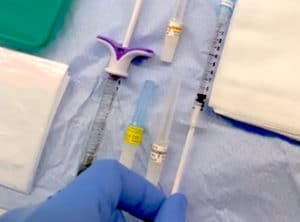
Explain how you prevent complications from occurring and how you manage any that do arise. This should be detailed for major and minor complications and can include techniques such as using a cannula to prevent vascular occlusion, for example.
As before, give statistics on the likelihood of complications, particularly for some of patients’ most common concerns such as developing filler blindness or occluding an artery. This will give them a more tangible idea of the possibilities. You should be able to find these numbers on the patient information leaflet for your dermal filler or botulinum toxin product.
Outline the emergency protocols you would follow in each instance and advise them of the filler reversal agents you have to hand, on site.
As well as being a necessary educational element of your consultations, this is also a time to demonstrate your professionalism, knowledge and build trust with your patient. The more confident you are as an injector, the more at ease your patient will feel.
4 Give your patient time to reflect
Give your patient time to reflect on the information you have provided. This may be a quicker process for some than for others. A cooldown period, where the treatment is not scheduled for the same day as the consultation, can also be beneficial.
Always remember to ask your patient if they have any questions you can answer for them.
Should they decide to go ahead with treatment, they will then need to sign a consent form.
5 Practice!
Don’t be afraid to practice your “complications talk” with friends – it can be really helpful!
Those who do not work in aesthetic medicine or who have relatively little to no knowledge of injectables are often the best to role play with. Their questions may surprise you and the more scenarios you come up against whilst practicing, the more confident you will be when answering real patients.
All information correct at the time of publication. Article last fact-checked: 20 January 2023
Download our full prospectus
Browse all our injectables, dermal fillers and cosmetic dermatology courses in one document
By submitting this form, you agree to receive marketing about our products, events, promotions and exclusive content. Consent is not a condition of purchase, and no purchase is necessary. Message frequency varies. View our Privacy Policy and Terms & Conditions
Attend our FREE open evening
If you're not sure which course is right for you, let us help
Join us online or in-person at our free open evening to learn more
Our Partners


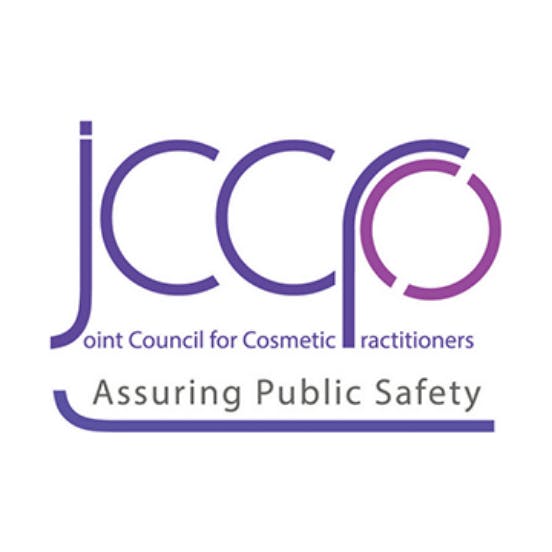



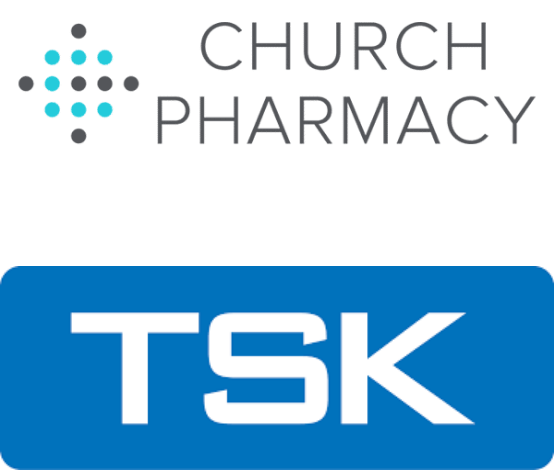
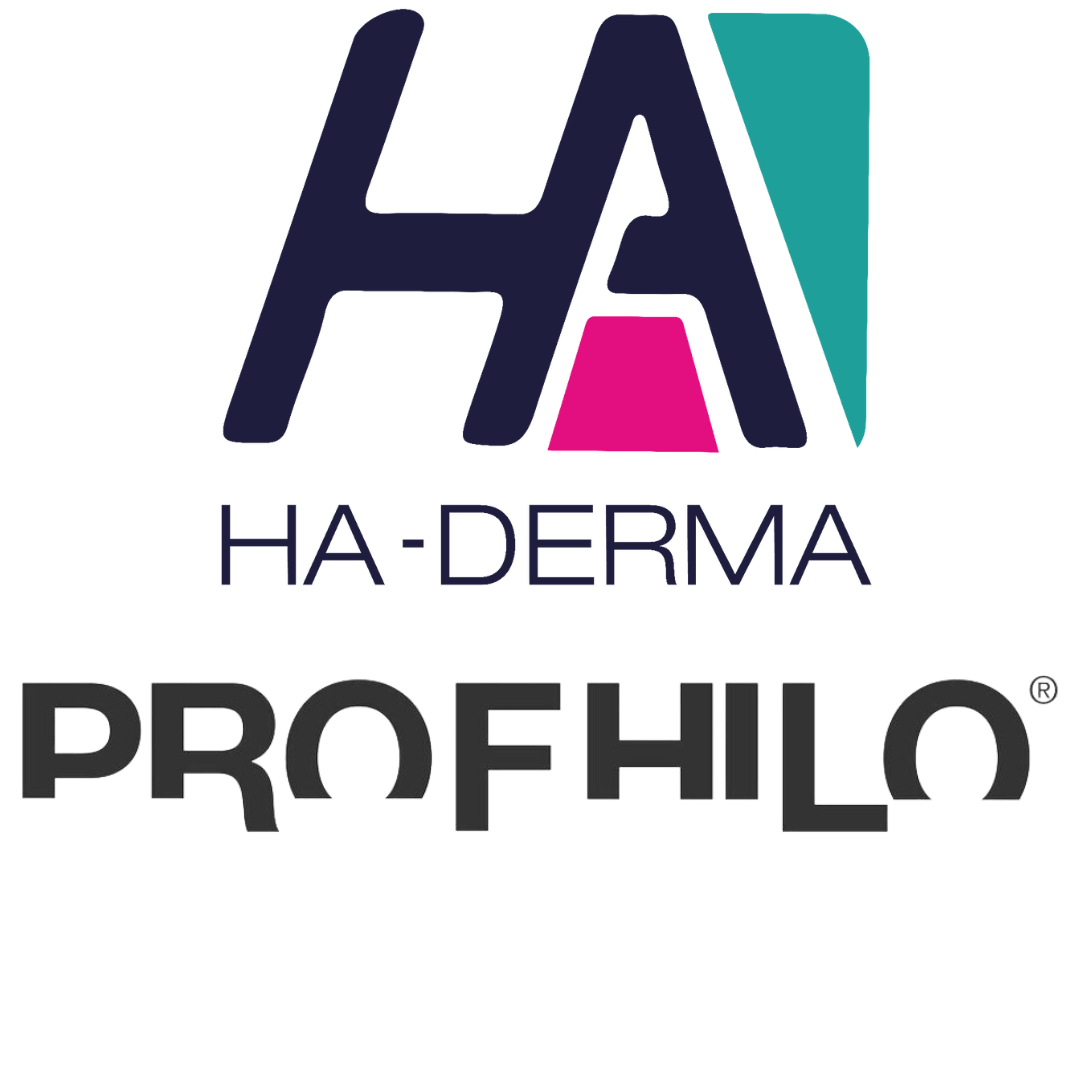
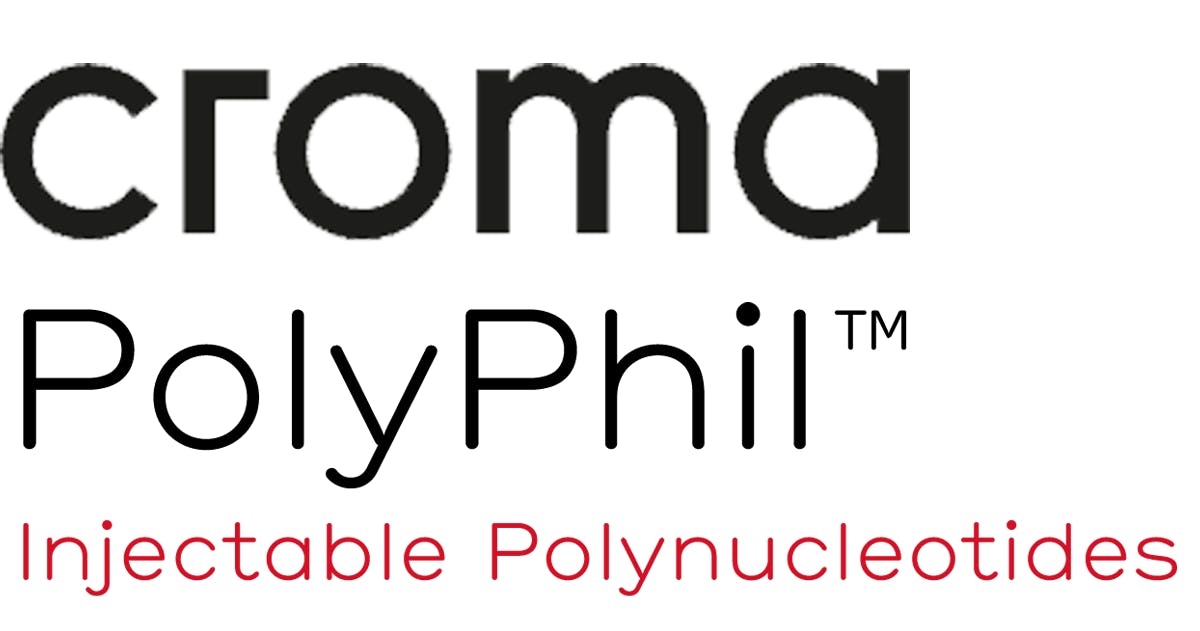



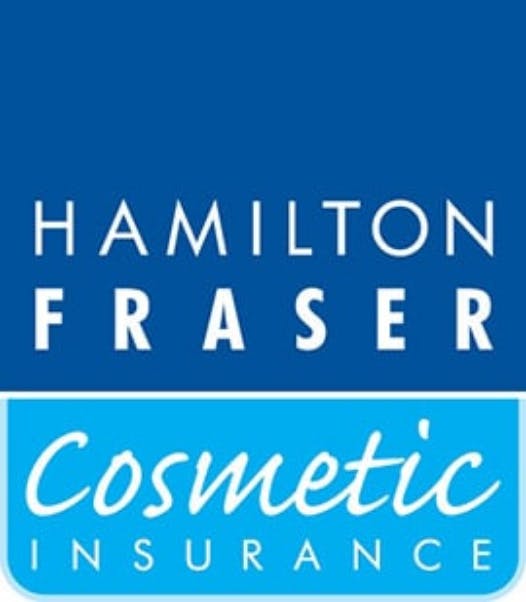
STAY INFORMED
Sign up to receive industry news, careers advice, special offers and information on Harley Academy courses and services

